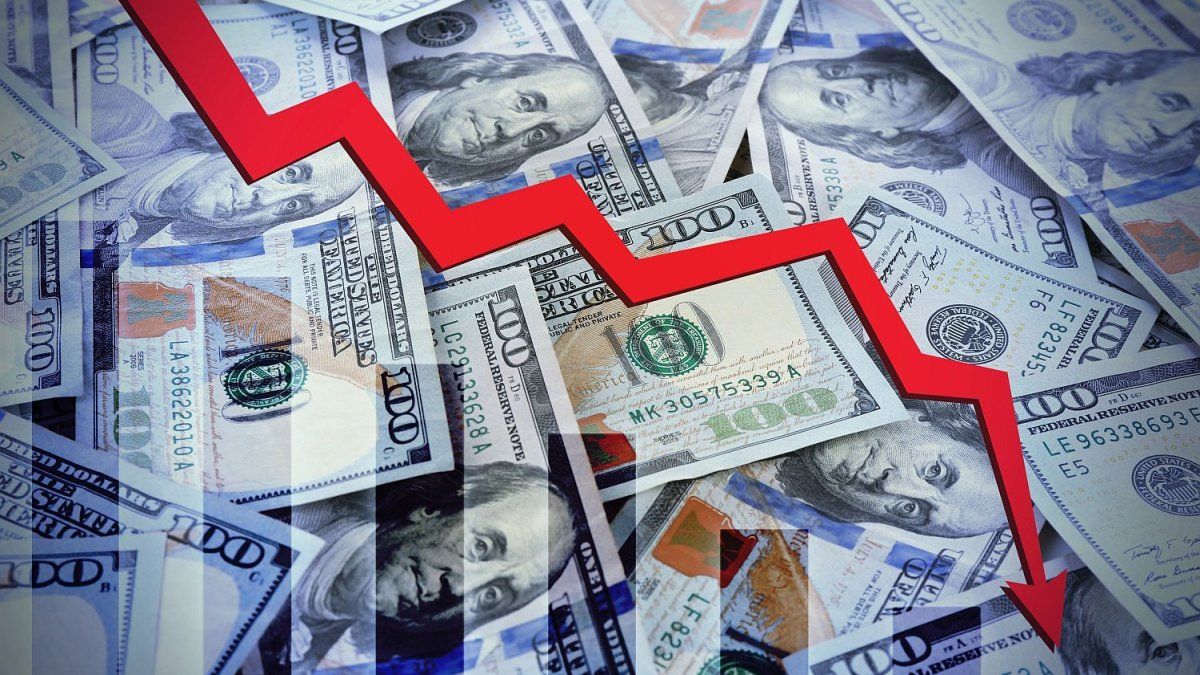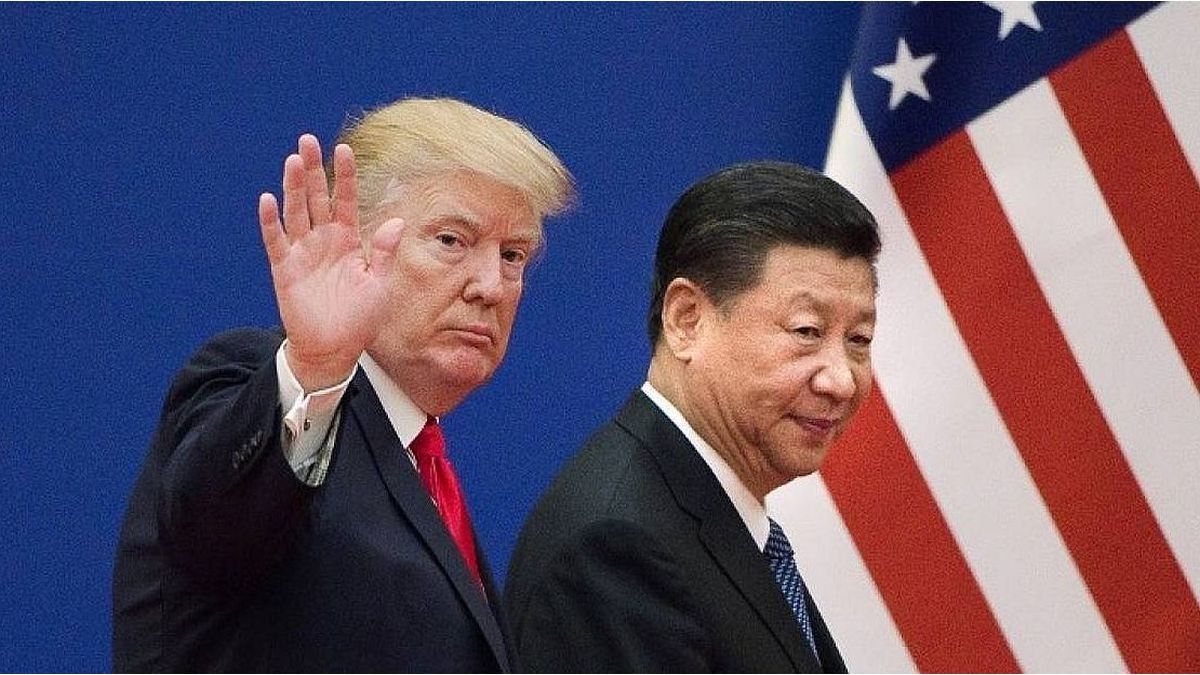The blue dollar deepened its downward trend and operates at $1,145 for purchase and $1,175 for sale, a new low since May, according to a survey by Scope in the caves of the city. It accumulates a drop of $20 between Monday and Tuesday, this makes it less attractive for investors who get rid of the greenback to seek better returns in other instruments.
It should be remembered that it pierced the key level of $1,200 last Friday and fell $50 in the previous week. In this framework, the gap with the official was 20.5%, the lowest level since last May 14.
In September, the blue dollar fell $70 (-5.4%) compared to the end of August and closed the second consecutive month with drops due to an excess supply of currency as a result of money laundering.
Blue dollar, did the one who bet on the greenback lose?
The sharp collapse of the parallel dollar makes itn one of the worst investments of the year. The recent influx of dollars from money laundering contributes to the decline in prices in the financial markets, both in the prices ofl MEP as in the CCL. This new value is significantly removed from the maximum of $1,500 reached in July.
During the year, the blue dollar only rose 14%, a performance that remains far behind inflationwhich is heading towards 100% annually. In contrast, the official exchange rate, in line with the “crawling peg” strategy of 2% monthly, shows an increase of 20.4% so far this year.
The cash with liquid, used by companies to dollarizeis the currency that has shown the greatest growth, with an increase of 25%, while the MEP has registered a growth of 18%. Besides, blue is also surpassed by the S&P Merval, which climbs 85% in pesos and 48% in dollars, as well as Argentine bonds, whose yields in dollars average 90%.
Blue dollar vs. fixed term
Even a traditional fixed term offers better returns than blue, reaching 60%, while a UVA fixed term adjusted for inflation reaches up to 150%. This situation has led many investors to abandon investments in pesos and opt for the dollar, which has contributed to the increase in prices.
Given this dynamic, the Ministry of Economy launched various measures to contain this mini exchange rate run. Among the actions adopted, intervention was announced in the financial dollar segment with the aim of reducing both prices and the exchange gap, which had exceeded 50%.
dollar blue baja.jpg
Even a traditional fixed term offers better returns than the blue.
Image created with artificial intelligence
Market operators agree that the most significant impact on the price of blue comes from laundering, which has recorded deposits associated with the externalization of capital for a total of US$13,000 million.
The fall of the blue dollar has been accentuated in recent months, coinciding with the decline in financial dollars, which had reached a maximum in July after the Government’s decision to drastically reduce the rates on placements in pesos. It caused banks to cut the yields on fixed terms, which were below 3% per month, well below inflation that exceeded 4%.
Source: Ambito
I am Pierce Boyd, a driven and ambitious professional working in the news industry. I have been writing for 24 Hours Worlds for over five years, specializing in sports section coverage. During my tenure at the publication, I have built an impressive portfolio of articles that has earned me a reputation as an experienced journalist and content creator.




